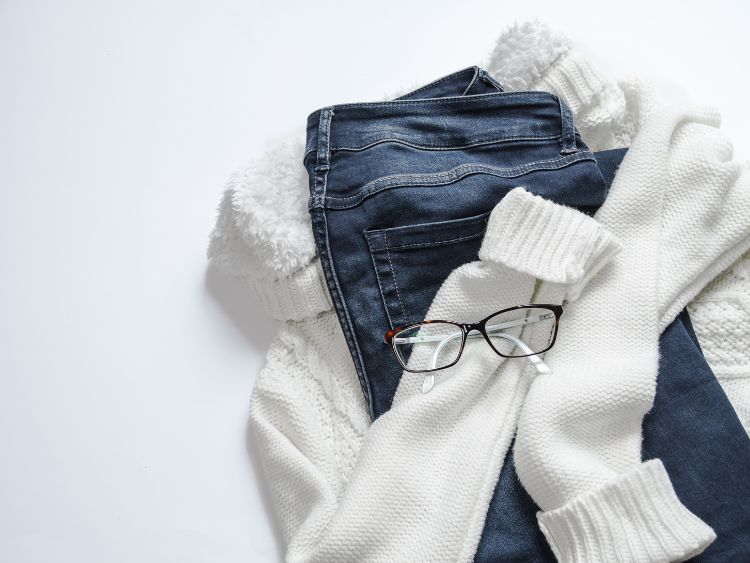Paris Fashion Week—just the name conjures images of glamour, haute couture, and the epitome of fashion trends. As one of the most highly anticipated events in the global fashion calendar, Paris Fashion Week is where style comes to life. But it’s not just about clothes—it’s a blend of art, culture, and commerce, all showcased in one of the most stylish cities in the world. Are you ready to explore the iconic event that sets the tone for fashion trends globally? Let’s dive into the world of Paris Fashion Week!
What is Paris Fashion Week?
Paris Fashion Week is an exclusive event where designers from all over the world come together to present their latest collections. Typically, it happens twice a year: once in late winter to showcase the autumn/winter collections and once in late summer for the spring/summer lines. During this week, Paris becomes the epicenter of fashion, attracting celebrities, fashion editors, buyers, and influencers. For many, it’s a once-in-a-lifetime chance to witness the work of the world’s most renowned designers like Chanel, Louis Vuitton, and Dior up close. For others, it’s an annual pilgrimage to see what’s next in the world of fashion.
A Brief History of Paris Fashion Week
Paris Fashion Week has its roots in the 1940s, but the city’s ties to fashion go back even further. Paris has long been regarded as the fashion capital of the world, with designers such as Coco Chanel, Christian Dior, and Yves Saint Laurent defining what luxury and haute couture mean. The concept of organized fashion shows—where designers would display their collections to an invited audience—emerged post-World War II. By the 1970s, Paris Fashion Week was part of the official Fashion Week circuit, along with New York, London, and Milan.
The Structure of Paris Fashion Week
Paris Fashion Week is broken down into categories: Haute Couture, Ready-to-Wear, and Menswear. These segments provide different levels of exclusivity and creativity, with haute couture being the most prestigious.
Haute Couture
Haute couture shows are the highlight of Paris Fashion Week. It’s where designers push the boundaries of creativity, offering one-of-a-kind pieces that require hundreds of hours to create. Haute couture is exclusive to Paris, with only a handful of designers worldwide given the official haute couture status. The shows are extravagant and are often attended by the ultra-rich, celebrities, and high-profile fashion icons.
Ready-to-Wear
Ready-to-wear (or prêt-à-porter) is for the fashion-forward crowd that wants to see what’s going to be in stores next season. These collections are more accessible than haute couture and reflect trends that people can actually incorporate into their daily lives. Designers like Balmain, Givenchy, and Balenciaga are famous for their spectacular ready-to-wear shows.
Menswear
While many associate Paris Fashion Week with women’s fashion, men’s collections also have their own moment to shine. Paris Fashion Week: Menswear has gained significant traction over the years, featuring brands such as Hermès and Saint Laurent showcasing their collections for the stylish, modern man.
Key Moments in Paris Fashion Week History
The “New Look” by Christian Dior (1947)
In 1947, Christian Dior revolutionized the fashion world with his “New Look,” featuring full skirts, a nipped-in waist, and an overall emphasis on femininity. This collection debuted in Paris and would go on to influence women’s fashion for decades.
The Alexander McQueen Tribute Show (2010)
After the tragic death of Alexander McQueen in 2010, his final collection was shown at Paris Fashion Week. This emotional and poignant show paid homage to his genius and remains one of the most talked-about moments in fashion history.
Chanel’s Space Station Show (2017)
Leave it to Karl Lagerfeld and Chanel to outdo everyone else. In 2017, they transformed the Grand Palais into a space station, complete with a full-size rocket launch as models walked the runway. This show is still one of the most iconic in Paris Fashion Week history.
The Impact of Paris Fashion Week on Global Fashion
Paris Fashion Week isn’t just a series of shows—it’s a major influencer of global fashion trends. The collections that debut in Paris often set the tone for the fashion industry for the next season. Major fashion houses use the platform to debut new lines, fabrics, and aesthetics that will trickle down from luxury boutiques to high-street fashion brands.
Trendsetting
Many of the trends you see in stores a few months after Paris Fashion Week have their roots in these collections. From the dramatic puff sleeves of the 2010s to oversized blazers, these trends were often first showcased on Parisian runways. Fashion buyers attend the shows to place orders, and fashion editors determine what trends will make the biggest splash in the upcoming months.
Celebrities and Influencers
Fashion Week is also a time when A-list celebrities, bloggers, and influencers congregate in Paris. Their presence brings extra attention to the event, with their social media posts giving fans a behind-the-scenes look at the shows and parties. Celebrities like Rihanna, Zendaya, and Bella Hadid are regulars at the event, adding a bit of Hollywood glam to the proceedings.
How to Attend Paris Fashion Week
Getting into Paris Fashion Week is no easy feat. The shows are exclusive, often by invitation only, and usually reserved for industry professionals, celebrities, and fashion influencers. However, with the rise of digital streaming, many designers are offering virtual front-row access, making the event more accessible to the average fashion lover.
For those lucky enough to attend, it’s important to dress the part. Fashion Week is as much about street style as it is about the runways. The streets of Paris become an unofficial catwalk, with attendees pulling out their boldest, most fashion-forward outfits. Think you’ve got what it takes to turn heads at Paris Fashion Week?
FAQs About Paris Fashion Week
Q: When does Paris Fashion Week take place?
A: Paris Fashion Week is held twice a year—usually in February/March for the autumn/winter collections and in September/October for the spring/summer collections.
Q: Can anyone attend Paris Fashion Week?
A: While the main shows are invite-only, many brands offer virtual access to their runway shows. Additionally, some lesser-known designers host public events or sell tickets to their shows.
Q: What’s the difference between haute couture and ready-to-wear?
A: Haute couture refers to custom, hand-made clothing that is incredibly exclusive and expensive. Ready-to-wear, on the other hand, is mass-produced and available for purchase by the general public.
Q: Which designers are most famous at Paris Fashion Week?
A: Designers like Chanel, Louis Vuitton, Dior, and Balenciaga are some of the most high-profile names that regularly present their collections at Paris Fashion Week.
Conclusion
Paris Fashion Week is more than just a week of fashion shows; it’s a celebration of creativity, innovation, and the sheer artistry of clothing design. Whether you’re sitting front row at a haute couture show or scrolling through Instagram for the latest updates, there’s no denying the magic that Paris Fashion Week brings to the fashion world. As trends unfold on these iconic runways, they inspire and influence fashion lovers everywhere, proving time and again that Paris truly is the heart of fashion.
For more information, check out these authoritative sources:





